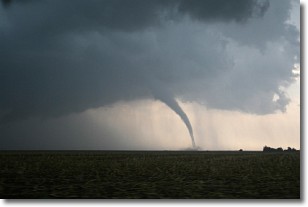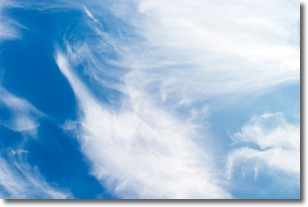Weather Alert in Washington
Red Flag Warning issued June 17 at 11:52AM PDT until June 18 at 8:00PM PDT by NWS Spokane WA
AREAS AFFECTED: Central Washington Cascade Foothills; Waterville Plateau; Western Columbia Basin; Lower Palouse / Snake River
DESCRIPTION: ...DRY AND WINDY WEDNESDAY... .Dry, warm, and windy weather will develop for portions of central and southeastern Washington Wednesday afternoon and early evening. The National Weather Service in Spokane has issued a Red Flag Warning for wind and low relative humidity, which is in effect from 2 PM to 8 PM PDT Wednesday. The Fire Weather Watch is no longer in effect. * Affected Area: Foothills of Central Washington Cascades, Waterville Plateau, Western Columbia Basin, and Lower Palouse -Snake River. * Winds: West 15 to 20 mph with gusts up to 35 mph. * Relative Humidities: 15 to 25 percent. * Impacts: Risk of new or existing fires spreading rapidly.
INSTRUCTION: A Red Flag Warning means that critical fire weather conditions are either occurring now....or will shortly. A combination of strong winds...low relative humidity...and warm temperatures can contribute to extreme fire behavior.
Want more detail? Get the Complete 7 Day and Night Detailed Forecast!
Current U.S. National Radar--Current
The Current National Weather Radar is shown below with a UTC Time (subtract 5 hours from UTC to get Eastern Time).

National Weather Forecast--Current
The Current National Weather Forecast and National Weather Map are shown below.

National Weather Forecast for Tomorrow
Tomorrow National Weather Forecast and Tomorrow National Weather Map are show below.

North America Water Vapor (Moisture)
This map shows recent moisture content over North America. Bright and colored areas show high moisture (ie, clouds); brown indicates very little moisture present; black indicates no moisture.

Weather Topic: What are Wall Clouds?
Home - Education - Cloud Types - Wall Clouds
 Next Topic: Altocumulus Clouds
Next Topic: Altocumulus Clouds
A wall cloud forms underneath the base of a cumulonimbus cloud,
and can be a hotbed for deadly tornadoes.
Wall clouds are formed by air flowing into the cumulonimbus clouds, which can
result in the wall cloud descending from the base of the cumulonimbus cloud, or
rising fractus clouds which join to the base of the storm cloud as the wall cloud
takes shape.
Wall clouds can be very large, and in the Northern Hemisphere they generally
form at the southern edge of cumulonimbus clouds.
Next Topic: Altocumulus Clouds
Weather Topic: What are Altostratus Clouds?
Home - Education - Cloud Types - Altostratus Clouds
 Next Topic: Cirrocumulus Clouds
Next Topic: Cirrocumulus Clouds
Altostratus clouds form at mid to high-level altitudes
(between 2 and 7 km) and are created by a warm, stable air mass which causes
water vapor
to condense as it rise through the atmosphere. Usually altostratus clouds are
featureless sheets characterized by a uniform color.
In some cases, wind punching through the cloud formation may give it a waved
appearance, called altostratus undulatus. Altostratus clouds
are commonly seen with other cloud formations accompanying them.
Next Topic: Cirrocumulus Clouds
Current conditions powered by WeatherAPI.com




